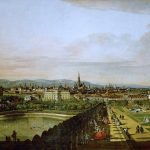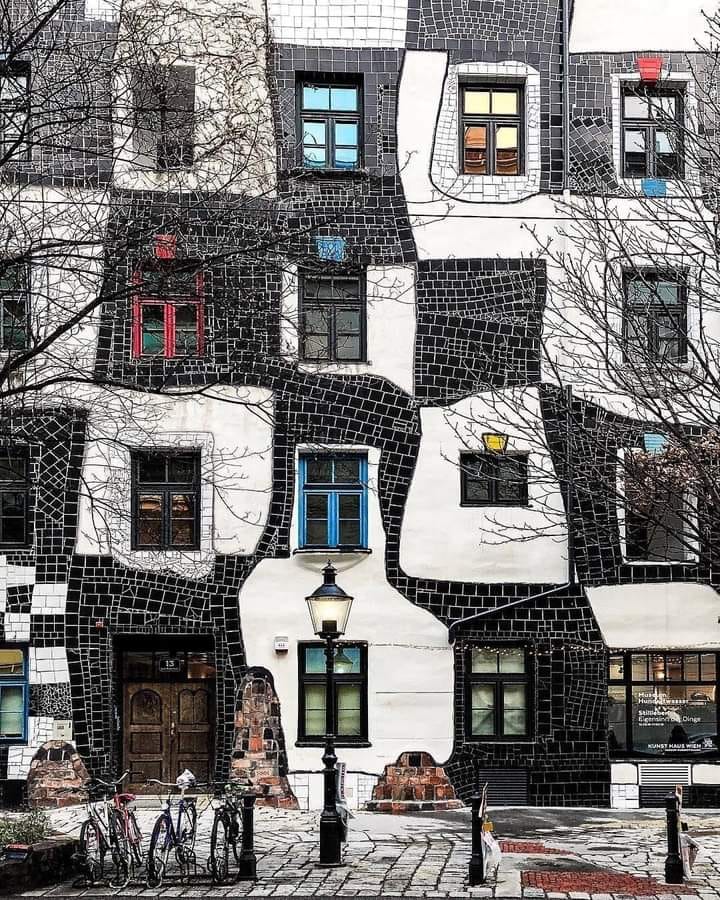
Friedensreich Hundertwasser (1928–2000) was an Austrian artist and architect, celebrated for his vibrant use of color, organic forms, and the harmonious integration of nature and art. Born Friedrich Stowasser in Vienna, he adopted the name Friedensreich Regentag Dunkelbunt Hundertwasser, a moniker reflective of his colorful and eclectic approach to art and life—translating to “Peace-Kingdom Rainy-Day Darkly-Multicolored Hundred-Water.”
Hundertwasser’s early life was marked by the turmoil of the Second World War, an experience that deeply influenced his philosophy and artistic vision. He sought to create art that was a counterpoint to the destruction and uniformity he witnessed, championing individual creativity against the mechanization of society. After the war, he studied for a brief period at the Academy of Fine Arts in Vienna, but he was largely self-taught, developing a unique style that defied conventional categorization.
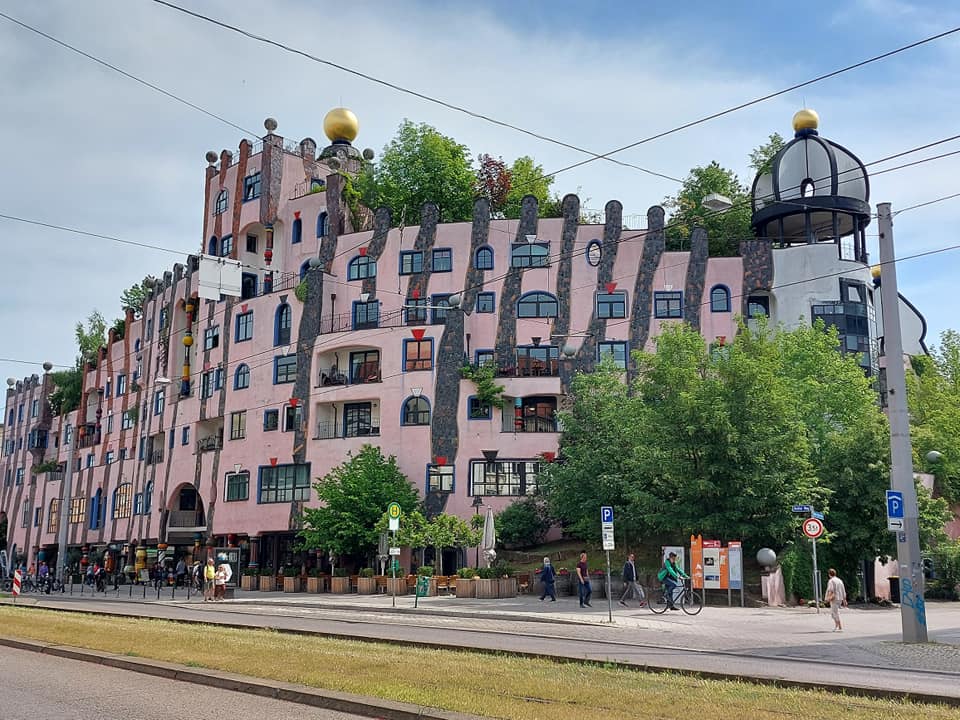
Throughout his career, Hundertwasser was a multifaceted artist, working across painting, architecture, environmentalism, and design. His work is characterized by a rejection of straight lines, which he saw as unnatural and tyrannical; instead, he embraced irregular, organic forms, spirals, and bright, contrasting colors. He often incorporated natural elements directly into his work, planting trees on rooftops and allowing vegetation to overgrow his buildings. This philosophy extended to his architectural projects, where he advocated for buildings that were in harmony with nature and human creativity. His designs feature undulating floors, irregularly positioned windows, and extensive use of greenery, all of which reflect his belief in an architecture that promotes human happiness and environmental sustainability.
Vibrant & Abstract
Hundertwasser’s paintings, like his architectural works, are replete with vibrant colors, abstract forms, and a profound respect for nature. They often depict dreamlike landscapes where the natural and the human-made coexist in harmony. His art is a celebration of life and a call to preserve the natural world, themes that resonated deeply during the environmental movements of the 20th century and continue to be relevant today.
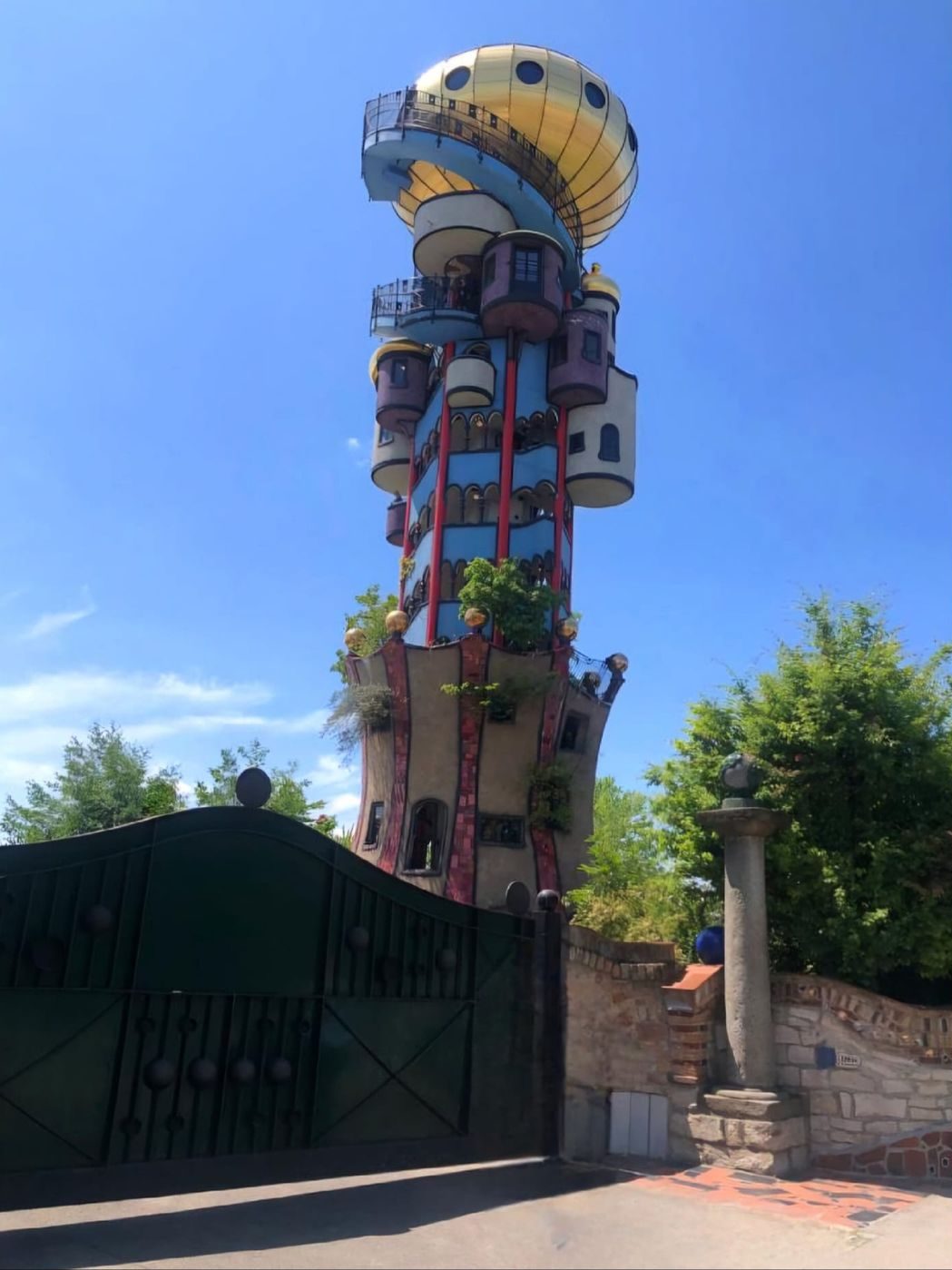
One of Hundertwasser’s most significant contributions to architecture is the Hundertwasserhaus in Vienna, an apartment building that embodies his principles of individualistic design and ecological harmony. The building is a landmark of environmental and architectural innovation, with its uneven floors, a roof covered in earth and grass, and large trees growing from within rooms, their branches extending from windows. This project, along with others like the KunstHausWien museum, which also houses many of his works, are testaments to his vision of a life-affirming, ecologically minded architecture.
Flags & Symbols
Beyond his visual and architectural works, Hundertwasser was also a vocal advocate for environmental protection, human rights, and individual creativity. He published manifestos, designed stamps, and created flags and symbols that reflected his ideals. His commitment to these causes was integral to his artistic practice, blurring the lines between art, activism, and life.
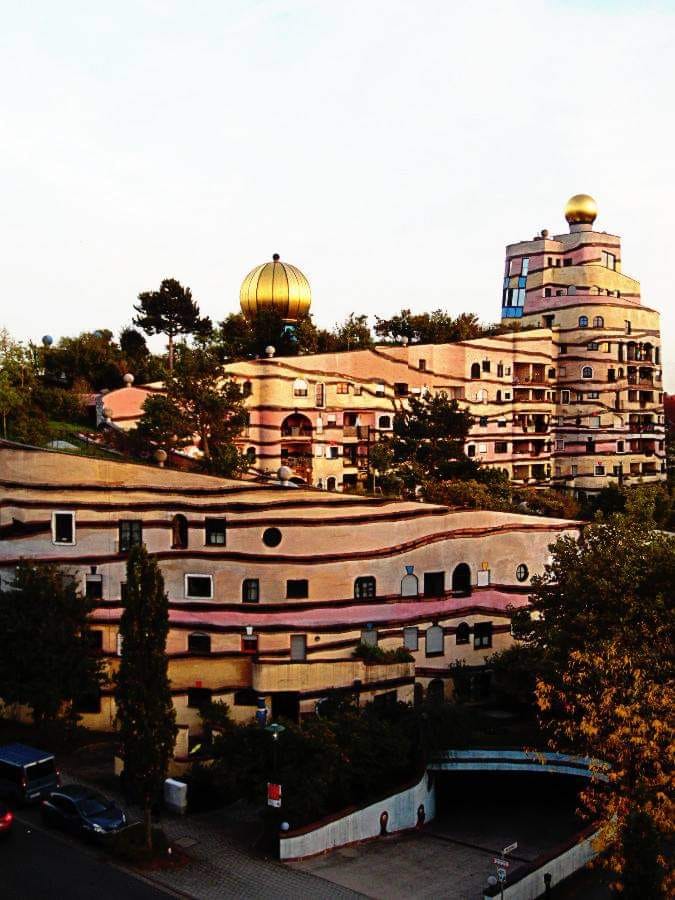
Hundertwasser’s legacy is one of vibrant creativity and ecological sensitivity. His work continues to inspire architects, artists, and environmentalists worldwide, serving as a powerful reminder of the potential for art to change the world. His vision of a society where people live in harmony with nature and express their creativity freely is a beacon of hope and innovation. Hundertwasser was not just an artist but a visionary, whose ideas about sustainable living and creative freedom have left an indelible mark on the world.


